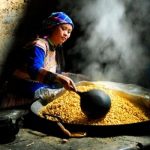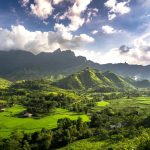Ethical Travel in Vietnam: Why You Shouldn’t Give Money to Children on the Ha Giang Loop
By Thuy Linh
Post Views: 27
The Ha Giang Loop, a breathtaking motorbike route winding through the northernmost mountains of Vietnam, is quickly becoming one of Southeast Asia’s most talked-about destinations. Its rugged landscapes, limestone peaks, winding roads, and authentic encounters with local ethnic minorities make it an unforgettable experience for any traveler. But with the rapid growth of tourism comes responsibility—and one of the most pressing issues travelers face today is whether or not they should give money to children they encounter along the route.
Many visitors, often moved by compassion and a desire to help, hand out coins, candies, or small bills to children on the roadside. It feels kind, it feels immediate, and it feels like the right thing to do. But as heartwarming as this gesture may seem, the reality is far more complicated. In fact, giving money to children on the Ha Giang Loop can do more harm than good—for the children, their families, and the community as a whole.
This article will break down why this practice is harmful, explore the broader context of tourism in Ha Giang, and show you how to make a real, lasting positive impact while still enjoying one of the most beautiful adventures Vietnam has to offer.
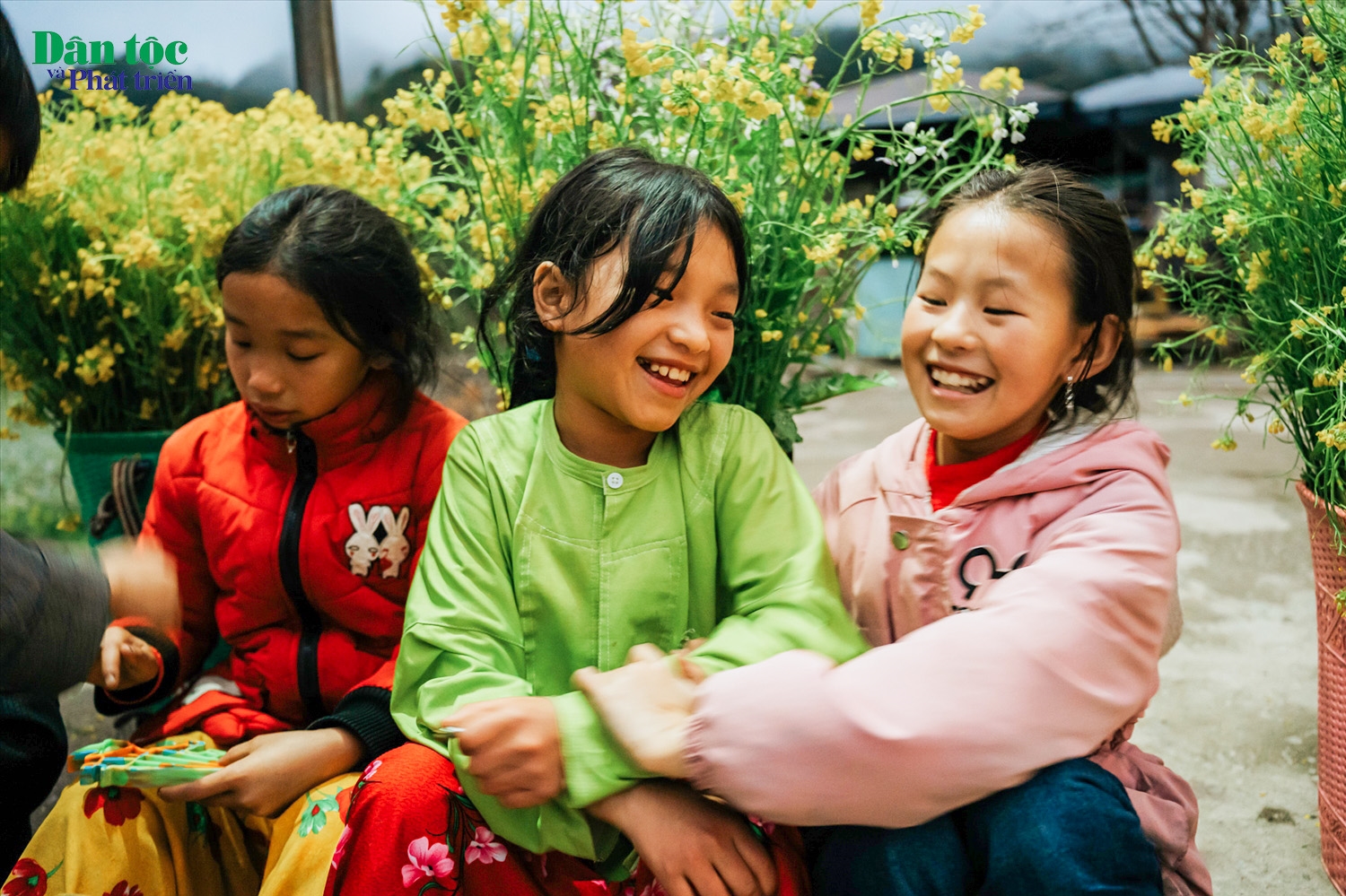
The Rising Tide of Tourism in Ha Giang
Over the past decade, Ha Giang has seen a dramatic rise in tourism. Once a remote and relatively untouched province, it now welcomes more than two million visitors annually, generating around $200 million in tourism revenue each year. Motorbike tours, guided loops, and backpacker-friendly hostels have flourished, and with them, opportunities for both economic growth and cultural exchange.
However, not all that glitters is gold. A significant portion of this revenue does not stay within the ethnic minority communities—such as the Hmong, Tay, and Dao—who are the heart and soul of Ha Giang’s cultural landscape. Instead, profits often funnel to lowland business owners or external investors who capitalize on the region’s growing popularity.
Alongside economic imbalance, the influx of visitors has brought challenges:
- Noise pollution from karaoke bars and late-night parties disrupting traditional village life.
- Cultural commodification, with photos taken without consent and customs staged for tourists.
- Environmental concerns, including plastic waste and reckless driving on the mountainous roads.
- Inappropriate behavior by some travelers who dress or act disrespectfully in sacred or conservative areas.
And then, there is the issue of well-meaning but misguided giving.
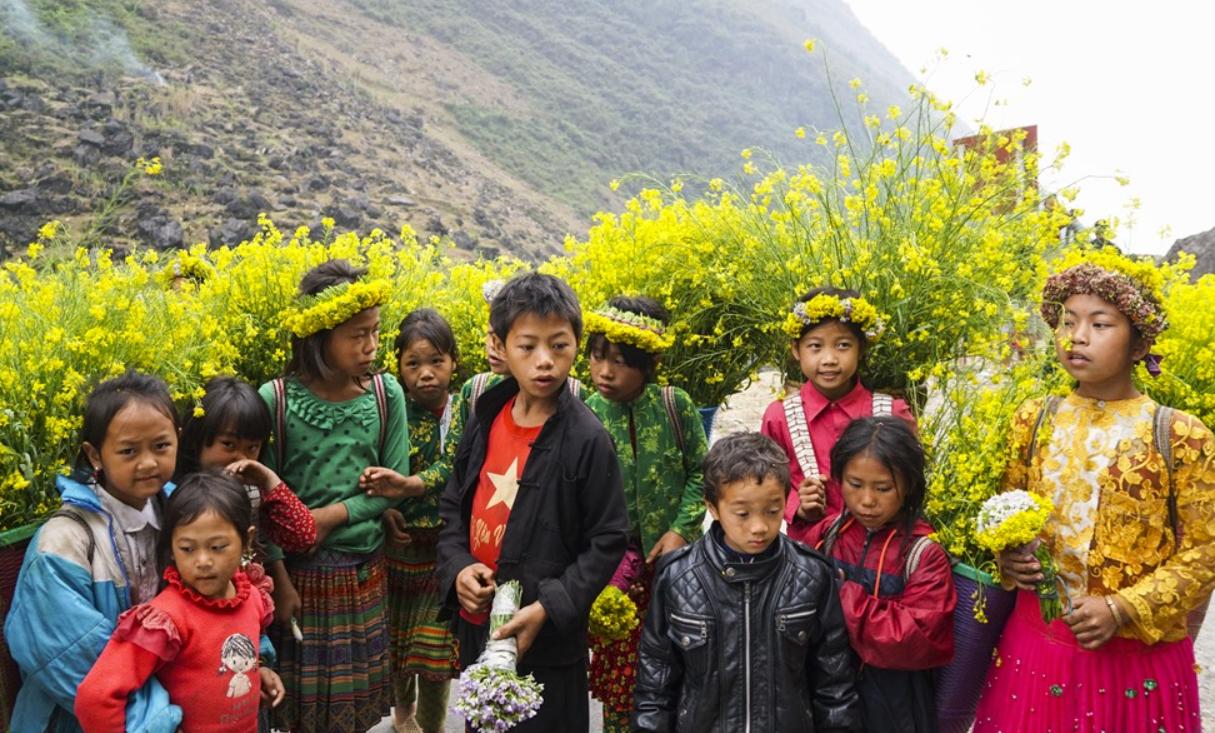
The Problem With Giving Money to Children
At first glance, handing over a small bill or a few sweets to a child may seem harmless, even generous. After all, who doesn’t want to brighten a child’s day? But this seemingly innocent action creates a ripple effect that can harm more than it helps.
1. Encouraging School Dropouts
One of the most significant unintended consequences is that it pulls children away from education. When kids realize they can earn more money by standing roadside, braiding hair, posing for photos, or selling trinkets to tourists than they would benefit from staying in school, they (or their families) often choose the immediate gain.
Education becomes secondary. Over time, this fosters a cycle where children miss out on formal schooling, grow up with limited opportunities, and remain in poverty.
Tourist money, though well-intentioned, can fuel this trap.
2. Exploitation Behind the Scenes
Not every child you meet is there by choice. In some cases, adults instruct children to approach travelers, knowing their innocent faces and charming manners attract more generosity. The money collected may not go to the child at all, but to adults who exploit them.
This creates an exploitative system where children become tools for profit. Worse still, children who spend their days on the roadside or in tourist-heavy bars at night are more vulnerable to abuse and trafficking.
3. The Candy Problem
Some travelers skip the money and hand out sweets instead, believing it to be a better alternative. Unfortunately, this is not the solution either. Remote areas like Ha Giang often lack access to proper dental care, and constant candy handouts can lead to severe dental and health problems. A lollipop today may become a cavity tomorrow.
4. Cultural Currency
Another often-overlooked issue is how giving money or goods in exchange for photos affects cultural identity. Many tourists take photos of children in traditional dress without asking for permission or offer payment for posed pictures. This practice turns cultural heritage into a commodity, diluting its meaning and teaching children that their traditions exist for tourist consumption.
5. Children in Inappropriate Environments
In some tourist towns, children are sent to sell goods in nightclubs or late-night bars. This exposes them to unsafe environments and normalizes interactions that can be dangerous for their well-being.

Tourism Can Be a Force for Good
Despite these challenges, tourism in Ha Giang is not inherently bad. In fact, when approached with respect and responsibility, it can bring significant positive change:
- Economic empowerment: Community-based tourism projects have provided employment opportunities for women, who now weave, craft textiles, and even work as licensed Easy Rider guides.
- Agricultural support: Interest-free loans and sustainable farming initiatives have helped local families diversify their income sources.
- Cultural preservation: Festivals such as the Dong Van Buckwheat Flower Festival attract visitors while celebrating local traditions and generating income for remote villages.
Conscious tourism is already making a difference. But to keep that momentum going, travelers need to choose the right ways to give back.

How You Can Help the Children of Ha Giang (Without Harming Them)
So, what should you do if a child approaches you on the Ha Giang Loop? Instead of handing over money or candy, consider these alternatives:
1.Provide Nourishment, Not Cash
Offer a healthy snack or a warm drink rather than sweets or money.
2.Support Education
Bring school supplies such as pencils, notebooks, or coloring books. Distribute them responsibly—ideally through teachers or community leaders.
3.Donate to Reputable Organizations
If you genuinely want to make a lasting difference, support charities working in the region, such as:
- Blue Dragon Children’s Foundation – Rescues children from slavery, trafficking, and homelessness.
- Children of Vietnam – Provides education, food, and healthcare to disadvantaged children.
- Saigon Children’s Charity CIO – Builds schools and funds scholarships.
- Sapa O’Chau – An ethical trekking and education initiative for ethnic minority youth.
4. Buy From Adults
Purchase handicrafts, textiles, or locally made products from adults in the community. This supports family income without pulling kids from school.
5. Stay Local
Choose family-run homestays or community-based tours where your money goes directly to the people who live there.
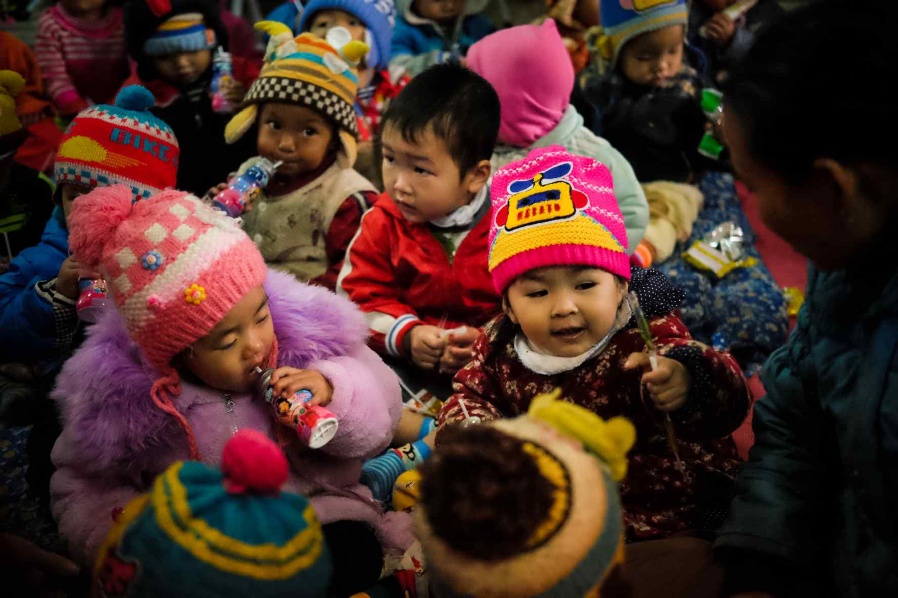
Practical Tips for Responsible Travel in Ha Giang
- Dress modestly and respect local customs.
- Ask for permission before taking photos, especially of children.
- Avoid giving gifts directly to kids.
- Minimize plastic waste by carrying a reusable water bottle.
- Keep noise levels low, especially in homestays.
- Eat at local restaurants instead of international chains.
By following these steps, you not only respect the culture and environment but also help protect the innocence and education of local children.

Be the Tourist Ha Giang Deserves
Tourism is powerful. Done right, it preserves cultures, supports families, and fosters understanding. Done wrong, it disrupts education, fuels exploitation, and damages the very places we travel to admire.
So next time you find yourself on the Ha Giang Loop, wind in your hair and mountains at your side, remember: the best way to help is not always the most obvious one. Skip the roadside handouts. Instead, contribute thoughtfully, travel responsibly, and ensure your presence leaves a positive legacy for the generations who call Ha Giang home.
By traveling consciously, you help protect childhoods, uplift communities, and keep the Ha Giang Loop the magical, authentic experience it deserves to be.

